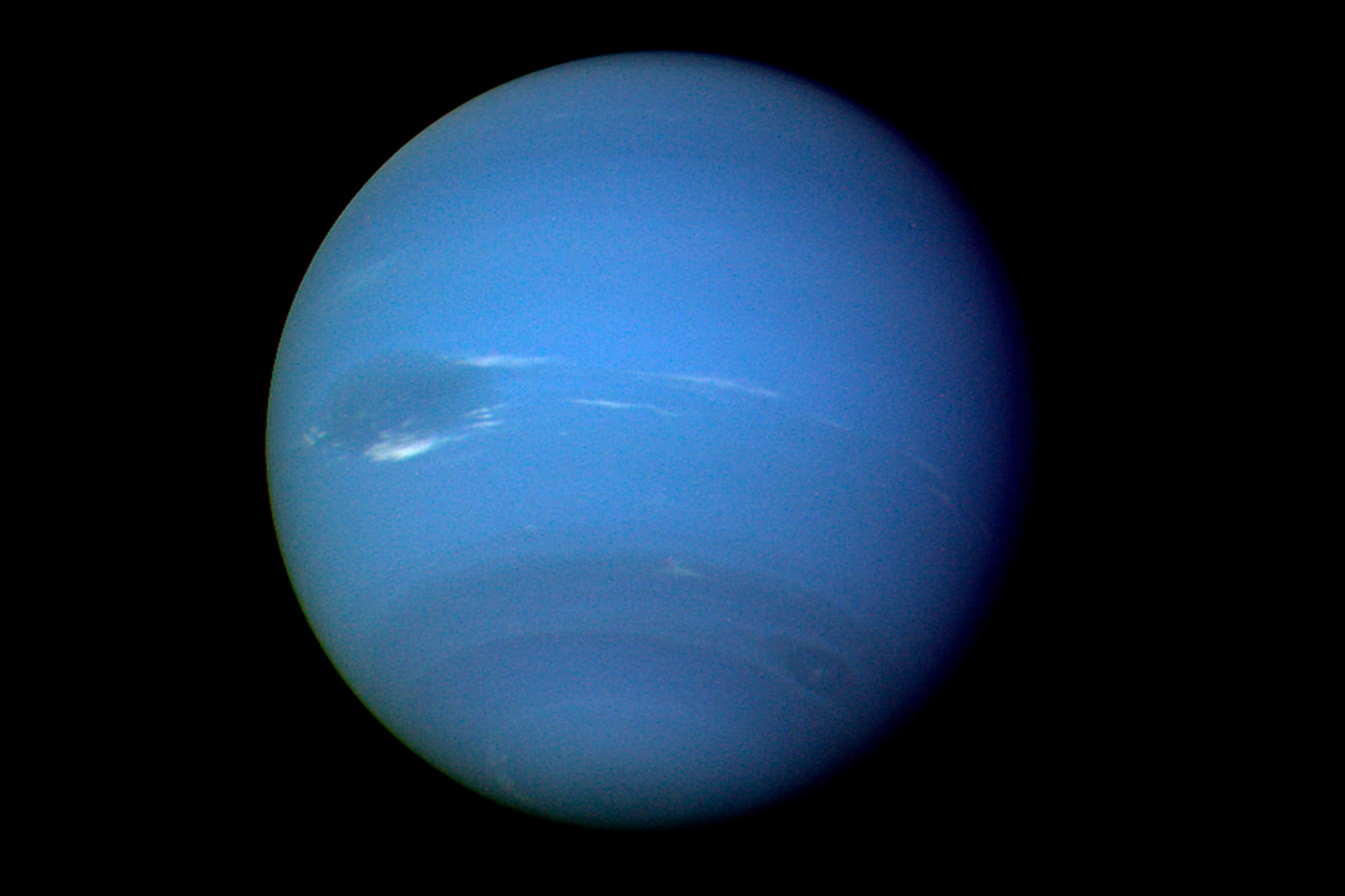Astronomers spot new tiny moons around Neptune and Uranus
The moon count in our solar system just went up by three

Your support helps us to tell the story
From reproductive rights to climate change to Big Tech, The Independent is on the ground when the story is developing. Whether it's investigating the financials of Elon Musk's pro-Trump PAC or producing our latest documentary, 'The A Word', which shines a light on the American women fighting for reproductive rights, we know how important it is to parse out the facts from the messaging.
At such a critical moment in US history, we need reporters on the ground. Your donation allows us to keep sending journalists to speak to both sides of the story.
The Independent is trusted by Americans across the entire political spectrum. And unlike many other quality news outlets, we choose not to lock Americans out of our reporting and analysis with paywalls. We believe quality journalism should be available to everyone, paid for by those who can afford it.
Your support makes all the difference.Astronomers have found three previously unknown moons in our solar system — two additional moons circling Neptune and one around Uranus.
The distant tiny moons were spotted using powerful land-based telescopes in Hawaii and Chile, and announced Friday by the International Astronomical Union's Minor Planet Center.
The latest tally puts Neptune at 16 known moons and Uranus at 28.
One of Neptune's new moons has the longest known orbital journey yet. It takes around 27 years for the small outer moon to complete one lap around Neptune, the vast icy planet farthest from the sun, said Scott Sheppard, an astronomer at the Carnegie Institution for Science in Washington who helped make the discovery.
The new moon orbiting Uranus, with an estimated diameter of just 5 miles (8 kilometers), is likely the smallest of the planet's moons.
“We suspect that there may be many more smaller moons” yet to be discovered, he said.
___
The Associated Press Health and Science Department receives support from the Howard Hughes Medical Institute’s Science and Educational Media Group. The AP is solely responsible for all content.